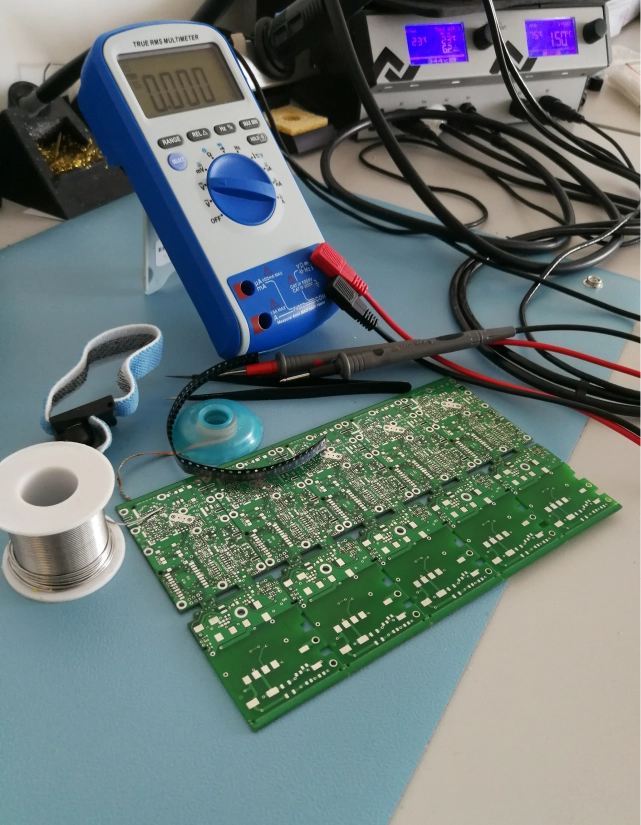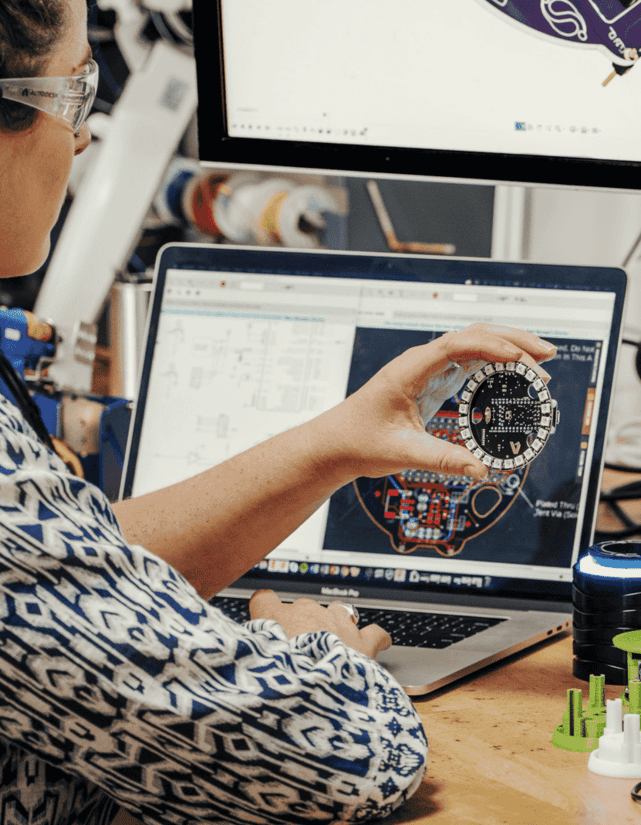Every groundbreaking product begins as a simple idea. Our first step is to deeply understand your goals, your market, and the unique challenges your product aims to solve.
By the end of this phase, you’ll have a clear and actionable plan for turning your concept into reality.




